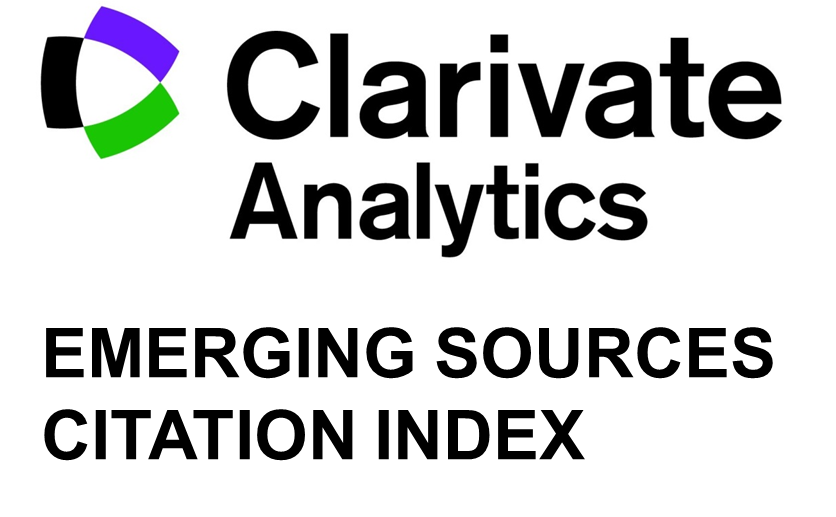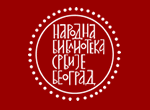The influence of the number of patents on the economic growth of the country – evidence from Serbia and Hungary
DOI:
https://doi.org/10.5937/StraMan2300048DKeywords:
Patents, Innovation, GDP per capita, Economic growthAbstract
Background: One of the indicators of a country's innovation is the total number of registered patents. This paper analyzes the number of registered patents and the impact they can have on the country's economic growth and innovation. .
Purpose: The paper aims to determine whether there is a positive impact of market verification of the results of research and development activities, measured by the number of patents per million inhabitants, on economic growth and the growth of innovation in the country.
Study design/methodology/approach: Quantitative research design was applied in the analysis since the task was to investigate the influence of the number of patents on the economic growth of the country. The empirical research covered two countries - Serbia and Hungary. It used secondary data from the international databases of the World Bank and World Intellectual Property Organization, covering the period from 2008 to 2018.
Finding/conclusions: The results of the empirical research showed that the increase in the number of patents per million inhabitants contributes only to the innovation index's growth in Hungary. On the other hand, in the case of Serbia, there is no statistically significant relationship between the number of patents per million inhabitants and the country's innovation index, or the number of patents per million inhabitants and GDP per capita.
Limitations/future research: The limitations are: the small number of analyzed countries and the number of indicators analyzed. Therefore, in the framework of future research, it would be desirable to expand the analysis to more countries and establish the impact of patents on more indicators of innovation.
Downloads
Published
Issue
Section
License
Copyright (c) 2023 Ivana Domazet, Darko Marjanović, Deniz Ahmetagić, Vladimir Simović

This work is licensed under a Creative Commons Attribution 4.0 International License.














